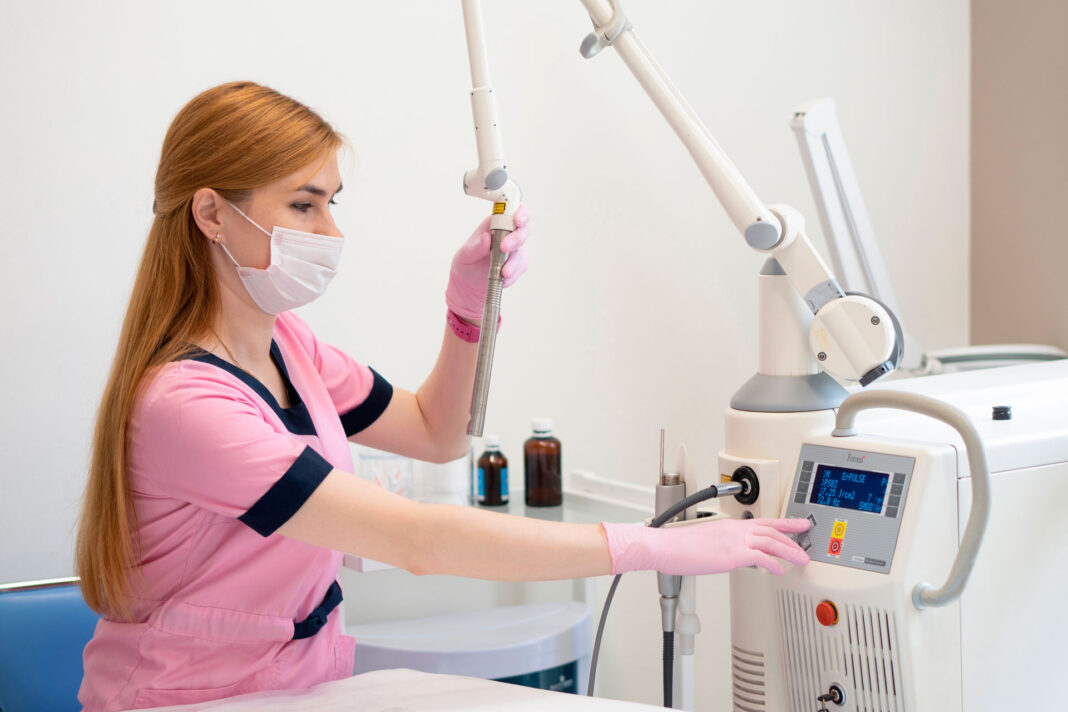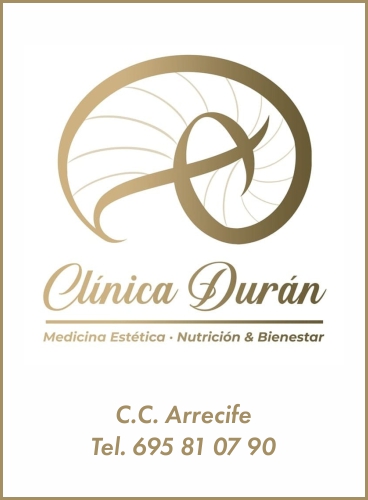Fotona 4D uses laser technology to treat wrinkles, age spots and spider veins, and revitalizes skin for a youthful radiant glow
One of the most innovative and effective facial rejuvenation treatments to emerge in recent years is the Fotona 4D laser facelift. It is a non-invasive, painless procedure that uses revolutionary laser technology to reverse the signs of ageing and significantly improve the appearance of fine lines, wrinkles, uneven tone and texture and loss of volume.
The procedure is performed in four distinct stages; each of which targets distinct layers of the skin and treats different aspects of skin ageing. The entire Fotona 4D Laser treatment typically takes less than an hour and requires no recovery time.
It begins with Erbio Smooth technology (Smoothliftin), which directs the laser through the mouth and targets the layers of skin around the lips and cheeks, helping to restore skin elasticity, reduce wrinkles and stimulate natural collagen production.
The second stage, FRAC 3, uses a Nd:Yag laser to target the superficial dermis. It improves skin texture and reduces the appearance of wrinkles and fine lines. The third stage, PIANO, uses the same type of laser to heat the dermis to 42º degrees to stimulate collagen production and improve skin tightness and elasticity.
The last stage uses a fractionated erbium laser (SupErficial) to improve skin texture and tone. In some cases, a cold peel is also applied. This final step is designed to refine and perfect the results, leaving the skin looking rejuvenated and healthy.
The number of sessions required depends on the condition of each patient’s skin. In most cases, a single session of less than an hour may be sufficient. However, for best results, one session per decade of the patient’s age is recommended.
The Fotona 4D laser treatment requires little to no downtime but may have some side effects, such as a feeling of warmth in the skin during the treatment. In the vast majority of cases, these are usually mild and temporary and can be alleviated with the application of anaesthetic cream before the treatment is carried out. There may also be some redness or swelling after the treatment, but this will disappear within a few hours.
It should be remembered that laser treatment makes the skin ultra-sensitive, so extra sun protection should be applied, and direct exposure to the sun should be avoided for a few days after the procedure.





